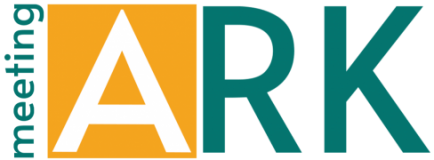Ron, you bring up an excellent point about the impact of the meeting’s context and attendee composition on the dynamics of large public meetings. It’s fascinating how the motivation for attendance can shape the level of difficulty in managing communication in such spaces.
Indeed, in gatherings with diverse motivations, where attendees come from various backgrounds and perspectives, it can be a Herculean task to facilitate coherent discussions. The spectrum of opinions and interests can lead to a cacophony of voices, making it challenging to channel the conversation effectively.
On the other hand, when attendees share a common purpose and mindset, the atmosphere can be far more conducive to meaningful exchanges. It’s almost like comparing the lively debates at a Hyde Park Corner gathering, where passersby have different motivations and opinions, to the unified and focused energy of a political party rally or an evangelistic religious gathering.
So, when planning a meeting in a public space, understanding the motivations of your attendees becomes crucial. It allows you to anticipate and adapt to the unique challenges posed by the size and diversity of the crowd. Effective facilitation in such settings demands both adaptability and skill.
Have you encountered any specific strategies or techniques that work well in managing communication within larger, more diverse gatherings? Sharing insights from your experiences could provide valuable guidance to others dealing with similar challenges.


